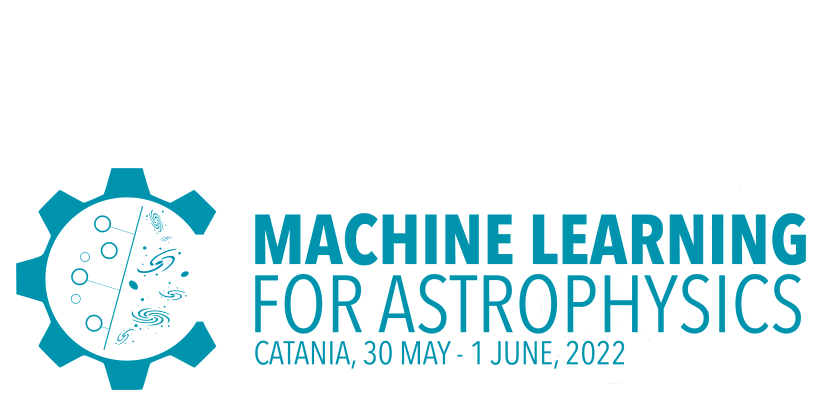Speaker
Description
Using deep learning (DL), I developed a Python software program with convolutional neural network (CNN) modules from TensorFlow to detect exoplanets through their transit signals in the National Aeronautics and Space Administration (NASA) Kepler space telescope data. My program first utilizes normalization of the light curves, trains deep learning models, tests and evaluates the models with sample data, then folds the light curves of real data to intensify the transit signals, and subsequently applies the DL models to find exoplanets. With this program, I detected new exoplanets and found confirming evidence for previously unconfirmed exoplanets with special astrophysical properties. Two of these detected exoplanets are not listed in the KOI (Kepler Object of Interest) list and more than 20 of the exoplanets are ultra-short period (USP) exoplanets, whose orbital periods are shorter than one day. USP exoplanets are important subjects of research in astrophysics because in order to orbit at such close distances from their stars, these USPs demonstrate a few special physical patterns such as tidal interactions and spin evolution, and also challenge some astrophysical explanations. In addition, transit signals of exoplanets with extremely long periods are difficult to find in the Kepler data because the Kepler mission lasted for only over nine years and observes each star for a selected period of time. For this reason, there are much more KOIs with shorter periods than those with long periods in the NASA database. However, my deep learning program detected a possible Jupiter-like exoplanet in long orbital period together with two other KOI exoplanet candidates in a star system 592.7110±12.3435 parsec away from Earth. This is the first detection of this Jupiter-like exoplanet. It has an orbital period longer than 1600 days, a radius of 10.637 Earth radii, and a planet-star radius ratio of 0.127314. Similarly, Jupiter also has a radius of 11.209 Earth radii and a planet-star radius ratio of 0.102668. Moreover, the size of the transit signal is ~2%, which is comparable to that of Jupiter. These similar stellar and planetary features all indicate that this newly detected exoplanet is a possible Jupiter-like exoplanet, and this multiplanetary system is a Solar-like system, in that a Solar-like system has at least one Jupiter-like or Saturn-like planet. According to NASA, Jupiter is perhaps the most important planet of our system because as the largest planet in the system, it distorts orbits of comets, knocks asteroids out of their orbits, and its gravity affects the orbits of other planets. This new Jupiter-like exoplanet can help expand our understanding about the impact of a Jupiter-like exoplanet with astrophysical significance in its multiplanetary system that has differences from our Solar system. All of the findings indicate that deep learning is an effective method to detect exoplanets and uncover important evidence on exoplanets in big data, and my program can be built upon and reused by other astronomers.
| Main Topic | Deep learning |
|---|---|
| Secondary Topic | Image segmentation, object detection and classification |
| Participation mode | Remote |

